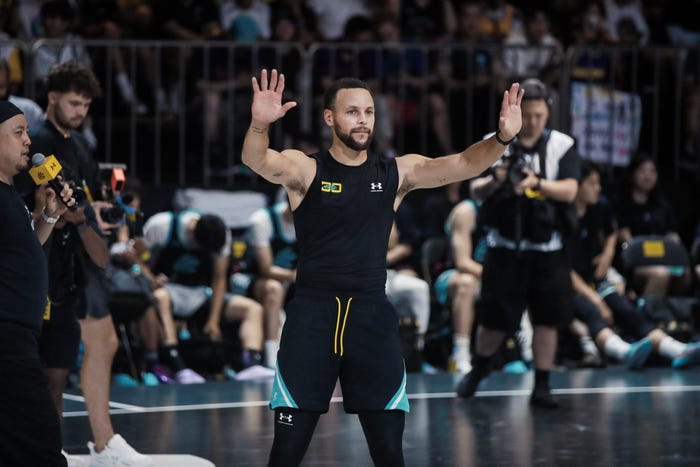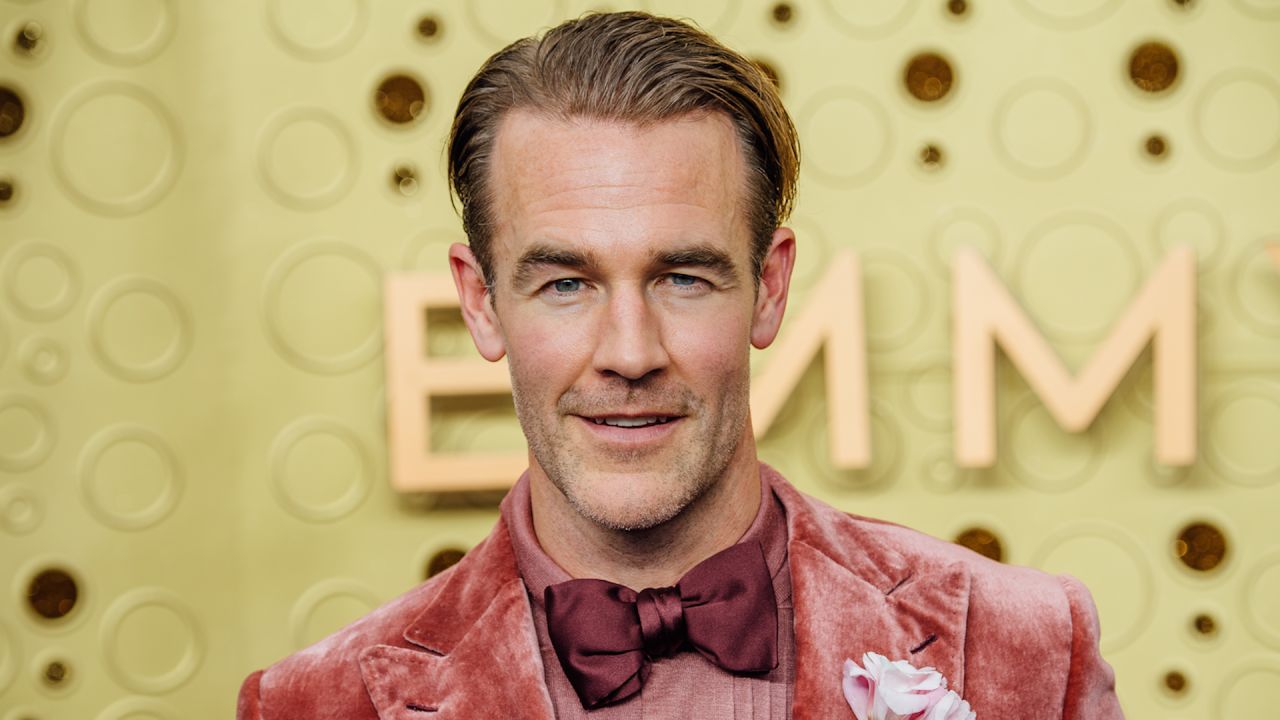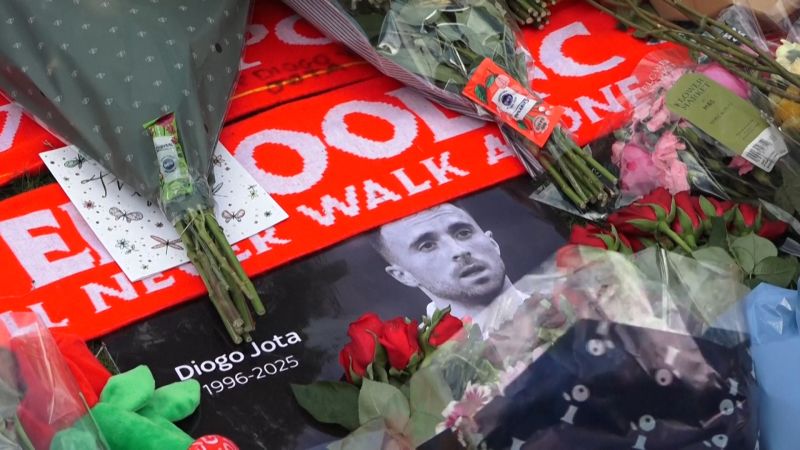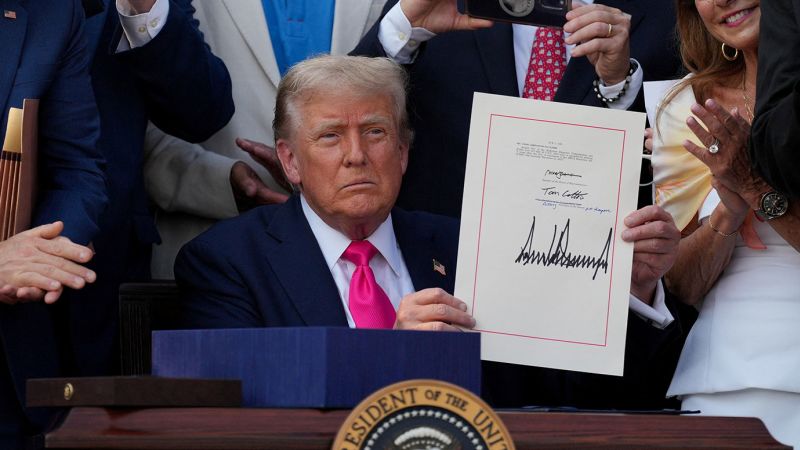Advocates Push NYC Officials to Delay Class-Size Caps Before Transition

Education advocates are urging New York City officials to request a delay on the state’s class-size law, which mandates caps ranging from 20 to 25 students per class, depending on grade level. This plea comes as Mayor-elect Zohran Mamdani prepares to take office. The coalition, which includes organizations such as Educators 4 Excellence, Robin Hood, and EdTrust-New York, argues that the final phase of compliance could strain educational resources and budgets, particularly with looming federal funding challenges.
As it stands, the city has until November 15, 2023, to recommend a pause on the implementation of this law, which was enacted in 2022. Failure to act could divert necessary resources from schools that serve the highest needs. Richard Buery, CEO of Robin Hood, emphasized the importance of financial flexibility for the incoming administration. “Mayor-elect Mamdani needs financial flexibility to build on our school system’s progress, not constraints that work against equity,” Buery stated during a virtual press conference.
The advocates believe that this request represents a critical moment for the new mayor to shape the future of New York City’s education system. Buery, who previously served as deputy mayor under Bill de Blasio, noted that this is a unique opportunity to pause the law. “This gives the new mayor a chance to get his hands on this puzzle. We should not waste it,” he added.
Despite these appeals, spokespeople for current Mayor Eric Adams and the New York City public schools have not confirmed whether such a request is under consideration. The mayor-elect has previously expressed strong support for the law, pledging to hire thousands of additional teachers to meet its requirements. His office has not yet responded to inquiries regarding the advocates’ request.
Mamdani has characterized the class-size law as integral to addressing the current state of the education system, which has seen proficiency levels at only 57% for math and 56% for reading. “We cannot disentangle these statistics from the fact that we have been refusing to hire the additional teachers that would be critical to transforming what is possible within our schools,” he remarked in the weeks leading up to Election Day.
Evan Stone, CEO of Educators 4 Excellence, argued that if a pause is granted, the new mayor could still move forward with his plans. He suggested that Mamdani could propose alternatives, such as prioritizing smaller class sizes in low-income neighborhoods while reallocating savings to support his promised child care expansion. “I don’t think that anybody on this call would tell you that we shouldn’t reduce class size,” Stone asserted.
The urgency of this request is underscored by an analysis from EdTrust-New York, which revealed that schools serving predominantly Black, Hispanic, and low-income students received smaller funding allocations compared to those serving fewer disadvantaged students. “The federal government has got their target on us, they’re looking at us, they’re cutting programs to magnet schools,” said Arlen Benjamin-Gomez, executive director of EdTrust-New York.
State Senator John Liu, who sponsored the class-size law and chairs the New York City Education Committee, reiterated the city’s legal obligation to lower class sizes. He questioned whether the November 15 deadline should be seen as inflexible and open to discussion. “It’s somewhat hard to pause something that was never started in the first place,” Liu commented. He emphasized the need for a plan if any modifications to the timeline are to be considered.
The city has allocated funding to hire more teachers and has converted some spaces into classrooms to comply with the law. However, it has largely avoided more costly measures such as limiting enrollment or constructing new school buildings. The law does provide for certain exemptions, with eight already granted to specialized high schools, including Bronx Science and Stuyvesant High School, which Mamdani attended.
Michael Mulgrew, president of the United Federation of Teachers, expressed his support for maintaining the initiative. “There is no reason to pause. This initiative is working. We owe it to our students and educators to stay the course,” he stated.
As the deadline approaches, the outcome of this advocacy effort remains uncertain, but the implications for New York City’s education system could be significant, particularly for schools in underserved communities.






